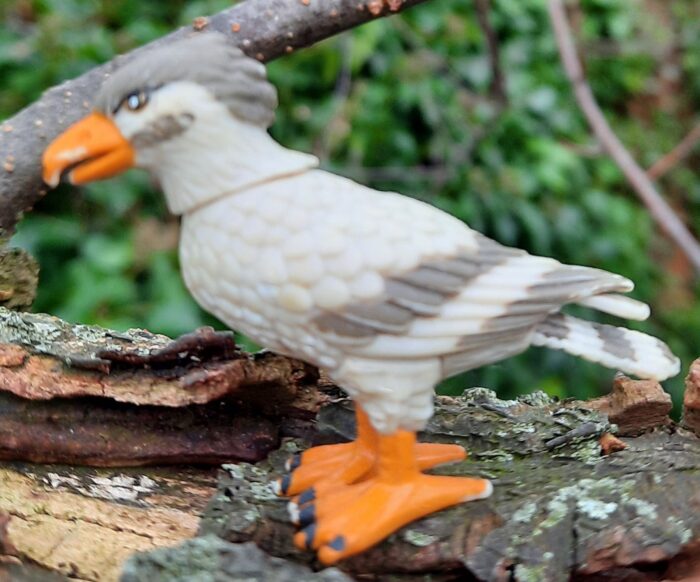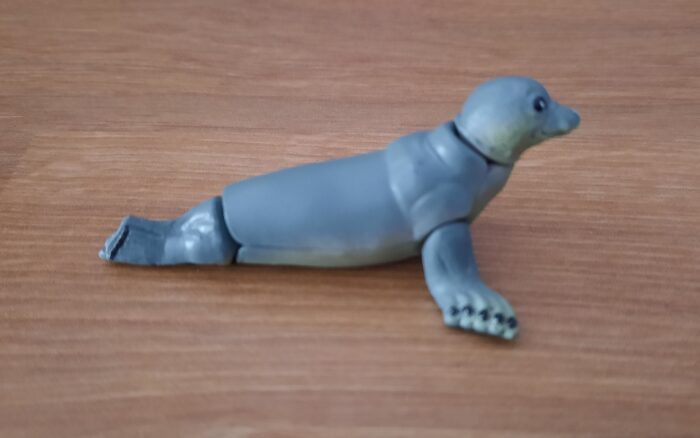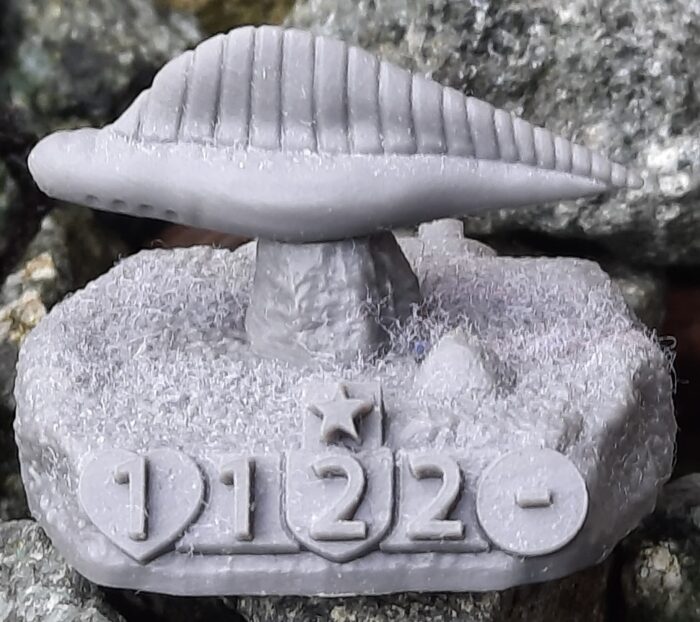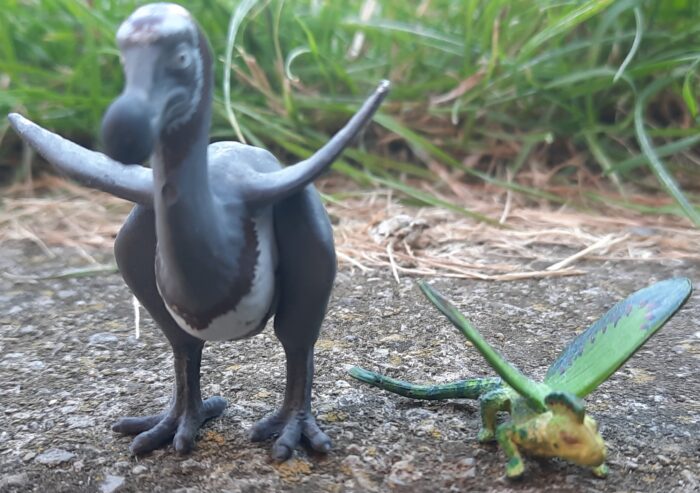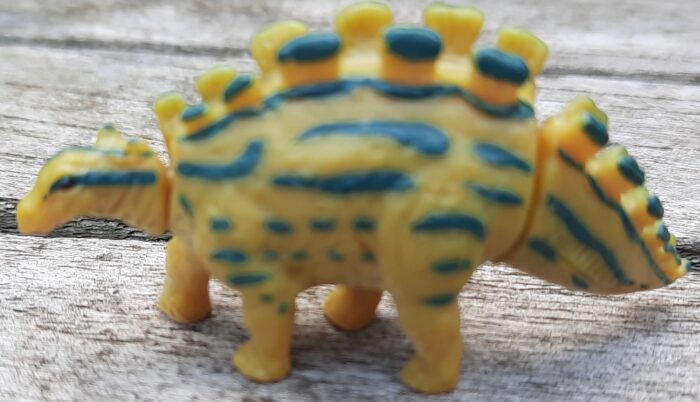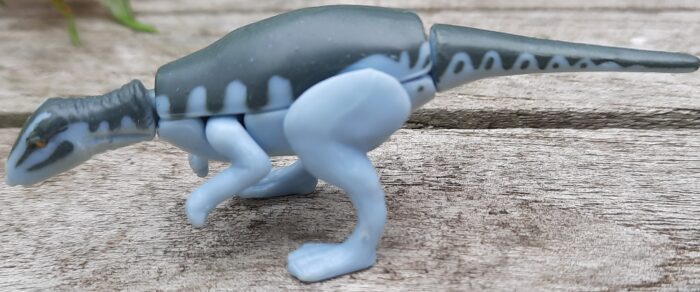The Riversliegh formation in Queensland is a heritage site for good reason, it gives us a fascinating glimpse into the ancient past of Australia, full of magnificent marsupials and brilliant birds, plus a bunch of bats! The fossils show how Australia once was, full of rainforests and the animals inhabiting the area are amazing.
Author: Indohyus
 Growing up in the late 1990s and early 2000s was great for moulding me into a dino fan. Jurassic park films were fresh, and even better, the ‘Walking With’ trilogy was produced. I watched ‘Dinosaurs’ and then ‘Beasts’. Especially ‘Beasts’. From there, I went on digs across the U.K., and eventually got my degree in palaeontology from Portsmouth university. I am (at the time of writing this) doing my masters in anthropology and museum studies, hoping to become a curator. My love of plastic extinct animals is as strong as ever, and I dare say it will only get stronger!
Growing up in the late 1990s and early 2000s was great for moulding me into a dino fan. Jurassic park films were fresh, and even better, the ‘Walking With’ trilogy was produced. I watched ‘Dinosaurs’ and then ‘Beasts’. Especially ‘Beasts’. From there, I went on digs across the U.K., and eventually got my degree in palaeontology from Portsmouth university. I am (at the time of writing this) doing my masters in anthropology and museum studies, hoping to become a curator. My love of plastic extinct animals is as strong as ever, and I dare say it will only get stronger!All reviews by this author
Review: Giant Moa (Lost Kingdoms Series A by Yowie)
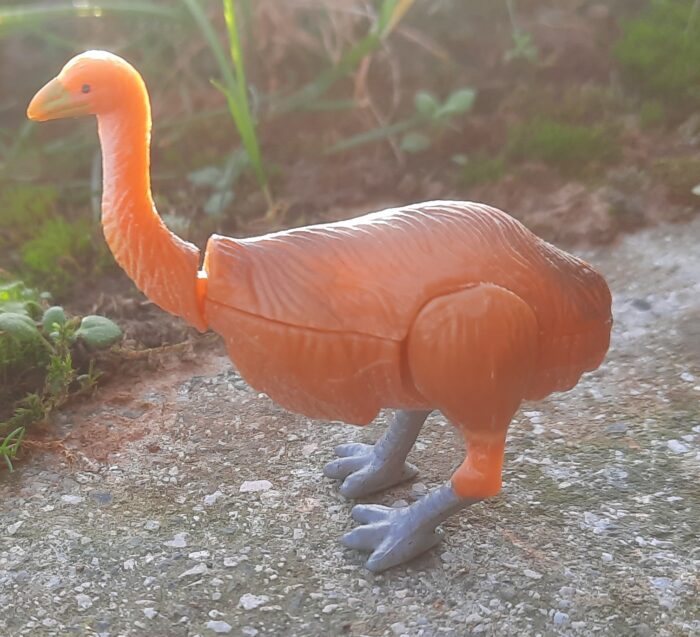
The largest bird today is the Ostrich, and this is owing to it’s flightlessness. The recent past, however, provided greater flightless giants. One such came from New Zealand, in the form of the South island Giant Moa, Diornis robustus, with females able to reach up to 11ft 10″ if they stretched up, being 6ft 6″ on a horizontal plane.
Review: Steller’s Sea Cow (Forgotten Friends Series A by Yowie)

The order sirenia has long been fascinating to me, the main herbivorous marine mammals that have survived throughout the Cenozoic. The one that interests me the most (even inspiring my ATB name Sirenia) is, unfortunately, no longer living, the Steller’s Sea Cow. These giant sirenians lived around Commander Island in the Bering sea, being hunted by locals.
Review: Caribbean Monk Seal (Forgotten friends Series A by Yowie)
Review: Yunnanozoon (Oumcraft)
Review: Megalograptus (Oumcraft)
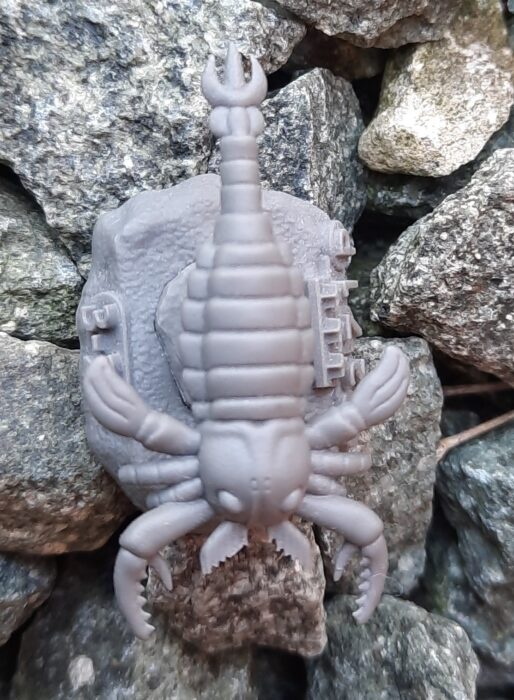
Fans of prehistoric creatures have made some remarkable things over the years, including the members of this forum. In recent times, forum member Oammararak showed a kickstarter for their own game LIFE: evolution of life in earth, the series, to which many of us backed, given the vast number of intriguing species that have never been made by any company.
Review: Dodo and Coelurosauravus (Primeval by Character Options)
Review: Stegosaur (Lost Kingdoms Series B by Yowie)
Review: Rebbachisaurus (Jurassic Hunters by Geoworld)

The Cretaceous period was a time of mighty titans among the dinosaurs, with gigantic animals all across the globe. Largest of these were the sauropods, and they reached monumental sizes, from pony sized to thirty metre giants. They were present on almost every continent, with several on Africa.
Review: Atlascopcosaurus (Lost Kingdoms Series B by Yowie)
Review: Parasaurolophus (Jurassic Hunters by Geoworld)

Of all the Hadrosaurs, Parasaurolophus is by far the most commonly produced in toy lines. It’s flashy headpiece is likely the main reason, as the rest of the body is somewhat lacklustre. Sizeable, but not the most interesting. The crest is where it’s at, with the function and skin attachments being a major source of debate.
Review: Long-Necked Plesiosaur/Woolungasaurus (Lost Kingdoms Series A by Yowie)

While I do admire the Yowie line for it’s variety, several have given me headaches for being based off species known off bits and pieces, a leg bone or a finger. Fortunately, this isn’t the case for all, and here we have one such case, Woolungasaurus, an elasmosaurid plesiosaur from the early Cretaceous of Queensland, Australia.

